Chasing Alexander Hamilton
This Caribbean island shaped a founding father. Centuries later, it’s a paradise transformed
“The place looks like Kong Island,” says Josh Cochran, AOPA senior videographer, who’s set up video cameras on the Beechcraft Baron that has carried him, AOPA Director of Photography Chris Rose, and me, all the way to this exotic place about 1,200 nautical miles southeast of Miami.
For anyone who’s read the award-winning 2004 biography by Ron Chernow or seen the engagingly original Broadway play, Hamilton, however, Nevis (pronounced NEE-vis) is known as the birthplace of Alexander Hamilton. To emphasize that point, Rose chimes in from the Baron’s backseat with the opening lyrics of the musical describing the U.S. patriot’s infamous origins here:
“How does a bastard, orphan, son of a whore and a Scotsman, dropped in the middle of a forgotten spot in the Caribbean by providence, impoverished, in squalor grow up to be a hero and a scholar?”
The Baron lopes above the blue waves at 180 knots, a rate that would have seemed fantastical in Hamilton’s time when getting to the North American mainland via sailing ship typically took several perilous weeks.
We’re on a D-VFR flight plan and loosely monitored by Bradshaw Approach as we near Nevis. The airport, Vance W. Amory International Airport (TKPN), is near the island’s northwestern edge, and we’re soon handed off to Nevis tower and cleared to land on Runway 10.
A rocky outcropping about a mile from the runway threshold requires a curving approach to final. A steady trade wind is well aligned with the 4,006-foot strip and the Baron, with its heavy load of people, gear, and fuel, touches down and rolls to a stop at midfield. There’s no avgas at Nevis—or our next two planned island stops—so our Baron is loaded with as much fuel as we can sensibly bring along.
We’re cleared to “backtrack” on the runway to the ramp at the base of the control tower where we shut down, secure the airplane, and are met by Omel Wilkin, an effervescent handler who pushes our paperwork through customs and hands us off to a taxi driver.
“You’re going to love it here, I promise,” she assures us. “Everyone does.”
Long and short
The long and short of flying to Nevis was that it involved a very long flight (about 1,000 miles) and then a short one (about 200).
The long one began at Fort Lauderdale Executive Airport (FXE) where I picked up AOPA President Mark Baker’s 1977 E55 Baron at Banyan Aviation. The airplane contained a life raft and flotation vests, and I picked up a few last-minute safety items from the Banyan pilot shop, which specializes in overwater flights. The Baron holds a hefty 172 gallons of fuel, and I’d need about 120 of that for the 5.5-hour nonstop flight to Puerto Rico’s Isla Grande Airport (TJIG). There, I’d meet up with Cochran and Rose, who had already left for Puerto Rico via airline.
Fort Lauderdale was rainy and foggy at departure time, but the Baron emerged into clear skies at 1,000 feet and flight conditions the rest of the way were ideal: smooth air and a tailwind above 10,000 feet.
I climbed to 13,000 feet on an IFR flight plan and strapped on an oxygen cannula. A low layer of stratus clouds obscured the Bahamas and made the first few hours of the flight psychologically simple. Pilots are used to flying over clouds, and that’s less mentally taxing than vast areas of open ocean.
I was in radio and radar contact with Miami Center for the first half of the trip, then fell off radar coverage passing the Turks and Caicos Islands. The skies cleared, and a 10-knot tailwind pushed the Baron along at 185 knots ground speed while the normally aspirated, 285-horsepower Continental IO-520s consumed 11 gallons per hour apiece. Wide-open power netted 17 inches of manifold pressure, and I dialed the engine/propeller all the way back to 2,100 rpm to maximize range and endurance.
I couldn’t quite see Cuba, Haiti, or the Dominican Republic, but the Garmin GNS 750 moving map—as well as long lines of towering cumulous clouds off my right wing—made it known that my course paralleled the mountainous islands. San Juan Center picked up the Baron’s transponder a couple hundred miles from Puerto Rico, and it was comforting to be seen, as well as heard, approaching the island.
Isla Grande Airport is a jewel of a GA facility near the old city of San Juan, and I was vectored by a Spanish-era fort and a bustling harbor lined with cruise ships, then tracked the final approach course to Runway 9. A bilingual controller did a masterful job of directing traffic.
The Baron doesn’t have a fuel computer or totalizer, so I was curious to find out what the actual fuel consumption had been during the 5.5-hour flight. It turned out the camel-like Baron landed with 50 gallons on board—enough to have flown a couple more hours.
Humiliating criticism
Nevis was an economic battleground in the eighteenth century as the British, French, Danish, and Dutch fought for advantage in the Caribbean and pirates and privateers piled on as free agents.
Then as now, it was a place of surpassing natural beauty.
Sugar drove the economy then, and the climate in Nevis was ideal for growing it. Hamilton was just a young boy in the late 1750s when he lived in Nevis with his parents and an older brother. But his experiences here—and those that followed in neighboring St. Kitts and St. Croix—shaped him and later, young America.
Fierce opposition to slavery (even though his family owned slaves), an activist central government, a diversified economy backed by a disciplined monetary policy, and free trade were policies that took root in his formative years. So did his view that government was meant to keep order and counter the negative aspects of human nature he regarded as predominant.
Hamilton witnessed the cruelty of the African slave trade up close since Charlestown, his Nevis home, was at the center of it. Slaves who resisted or tried to escape were subject to murder, torture, amputation, and disfigurement. Europeans were pressed into indentured servitude on the island with little chance for advancement. An Anglican minister posted to Nevis in the eighteenth century described new British arrivals—many of whom had been convicted of petty crimes at home—as being “not bad enough for the gallows and yet too bad to live among their virtuous countrymen at home.”
Hamilton was unlikely to have received any formal education in the West Indies because of his illegitimate birth, and he was thought to have been tutored by a Jewish woman who taught him, among other things, to recite the Ten Commandments in Hebrew. It was a skill Hamilton later claimed to have mastered, according to a son, when “so small he was placed standing beside her on a table.”
Hamilton went to work at age nine on the Danish island of St. Croix as a clerk for a New York-based trading company, and there he saw the value of a stable currency and the dangers of foreign entanglements. European powers were maneuvering for advantage in the West Indies, and any small nation that pinned its hopes on a larger one was likely to be done in eventually by bad luck or treachery.
Hamilton chafed at his subservience as a clerk, and his intellect, energy, and ambition were obvious to those around him from an early age. He wrote a stirring account of a hurricane that tore through St. Croix on August 31, 1772, and admirers took up a collection to send him to New York for higher education.
Once he started at King’s College (now Columbia University), he took up the revolutionary cause with fervor. As Gen. George Washington’s right-hand man during the Revolutionary War, a congressman, treasury secretary, co-author of the Federalist Papers, and lawyer, Hamilton was a force in ratifying the U.S. Constitution and defining the young nation’s future.
Hamilton himself was disinclined to spell out the ways his early life shaped his world view. His out-of-wedlock birth and tragedy-filled youth brought only stinging shame and embarrassment. “My birth is the subject of the most humiliating criticism,” he confessed.
In Nevis, however, the topic of Hamilton’s eventful life is more nuanced.
There’s a statue of him outside the single-story Museum of Nevis History in Charlestown, and the two-story stone home on the waterfront where he was born is a stop on every island tour. Yet residents are more likely to admire cricket or basketball stars than Hamilton.
“He was born here but that’s it,” said Vincent Clarke, a lifelong Nevis resident who provides guided tours of the 36-square-mile island. “He left as a boy and hardly ever spoke of the place. He didn’t have anything to do with Nevis after he left, and he probably never wanted to.
“He did great things in America—but the fact that he was born here was just an accident. It doesn’t mean much to us.”
The neat, tidy appearance of the British possession today is at odds with eighteenth-century accounts of rampant poverty and suffering here. Nevis has a Four Seasons hotel and golf course, and the sugar plantations that produced both riches and misery have been transformed into high-end hotels and housing subdivisions.
The last of the sugar plantations closed in the 1950s, and the donkeys that were beasts of burden now have their run of the island. So do sheep, goats, and monkeys, which far outnumber people.
I point out a group of goats near the airport and ask whether they’re used to control vegetation. I soon learn there’s no real plan for them, and they graze wherever they please. And by the way, they’re sheep. Not goats.

“Look at their tails,” a Nevis resident tells me. “A sheep’s tail points down. A goat’s tail points up. That’s how you tell them apart.”
Don’t sheep have wool? I ask. Isn’t wool how you tell them apart?
Nope. Nevis sheep don’t have wool. Who wants wool in the Caribbean?
Transfixed
I keep hoping for Hamiltonian insights during our stay in Nevis, but they’re elusive. Instead, I’m transfixed by the place.
There are fiery sunrises and sunsets with elaborate cloudscapes, dazzling vistas, sweet-smelling flora, and a sparkling, salty ocean. The people we meet are spirited and friendly, and the mood is relaxed and welcoming.
I can’t help but wonder why Hamilton wouldn’t claim such a place. Why wouldn’t he identify with it, and take pride in it?
The inescapable answer is that Nevis today is nothing like the place where Hamilton knew such tragedy and loss. His family was largely shunned here, and his mother died beside him in a sickbed while both were wracked with fever. His father abandoned them. His cousin, who was supposed to look out for the young Hamilton boys, took his own life.
In the face of such devastating loss and heartbreak, sublime scenery doesn’t count for much.
Perhaps, had Hamilton lived longer, he might have completed the hero’s journey by returning to the place of his origins. Instead, he died at age 47 after being mortally wounded in a duel with political nemesis Aaron Burr, then vice president of the United States.
Don’t forget
Despite its heavy load, the Baron lifts off gracefully from the east-facing runway at Nevis and we begin our next overwater trek.
Before we leave, however, I ask the tower controller for permission to overfly the runway at low altitude. Cochran and Rose are creating images for future editions of the AOPA Pilot Guide to the Caribbean, and more detailed shots of the airport and runway environment would be useful.
Besides, I want to remember every sight and sensation of this spectacularly gorgeous place before saying goodbye. That’s quite a contrast from Hamilton who, when he left here, was likely impatient to get away and seek his destiny.
“They took up a collection just to send him to the mainland.
“Get your education, don’t forget from whence you came.
“And the world’s gonna know your name.”



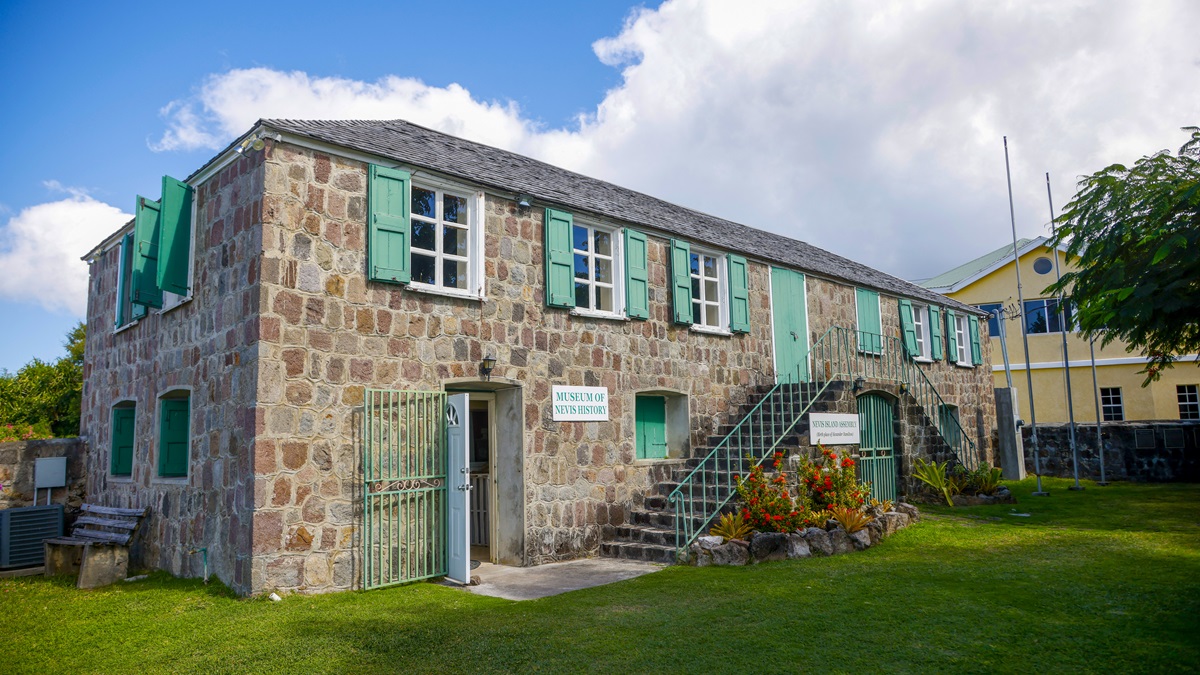


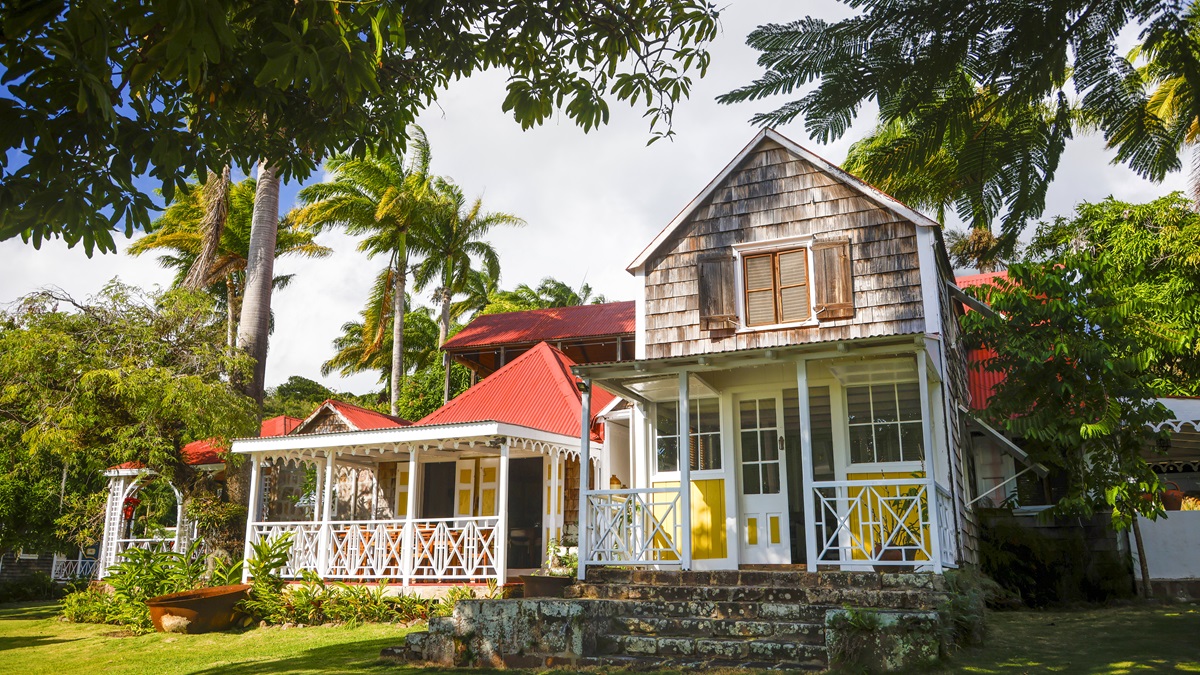
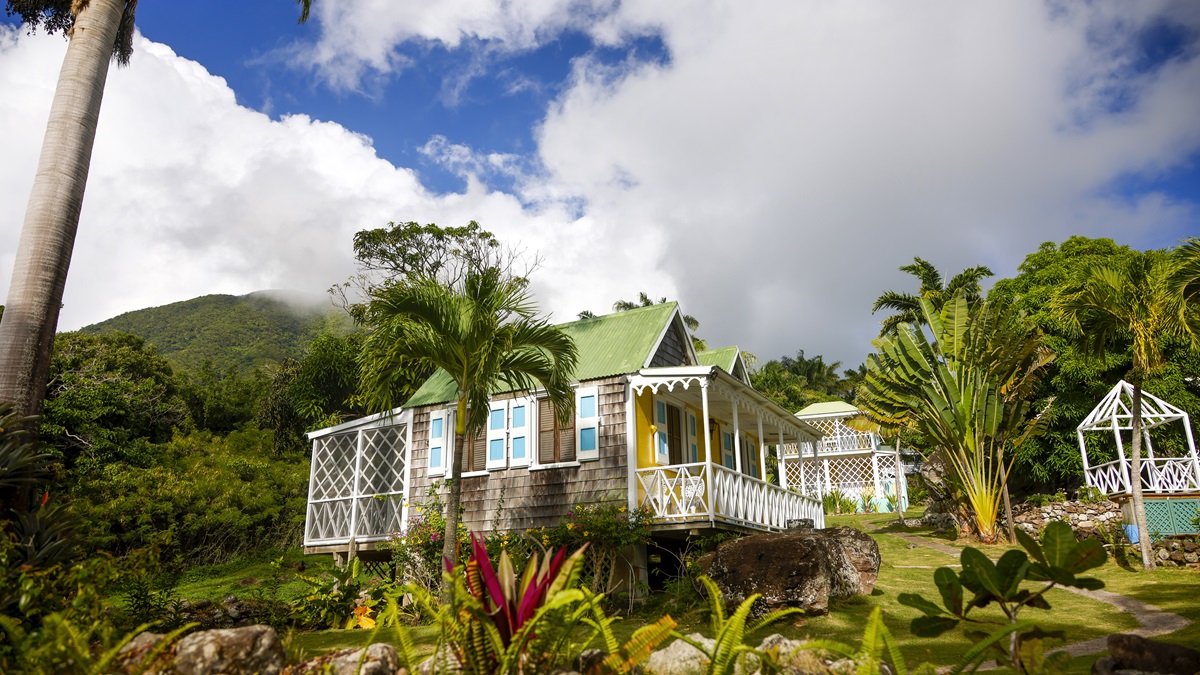



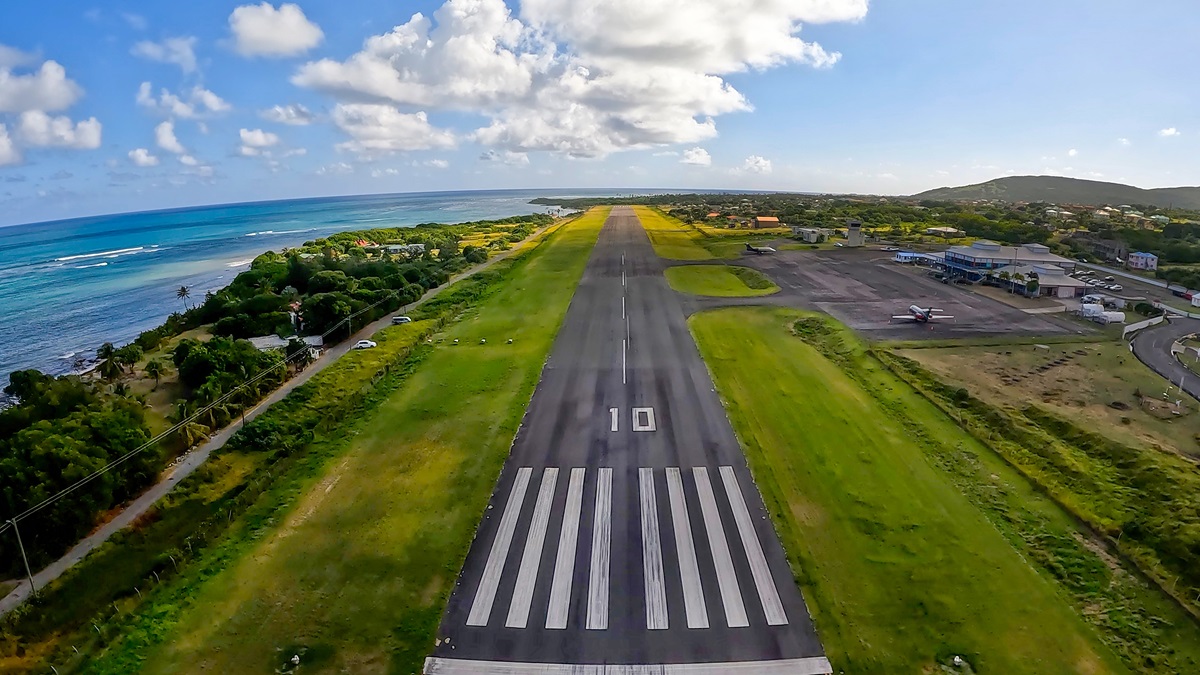



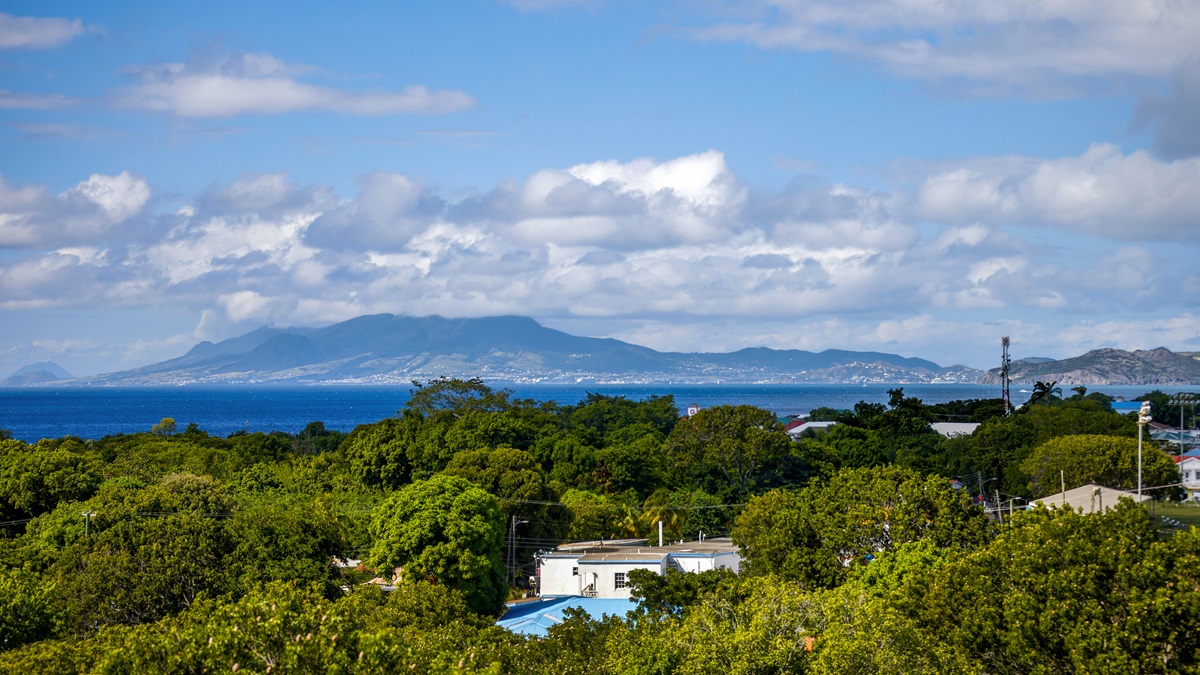
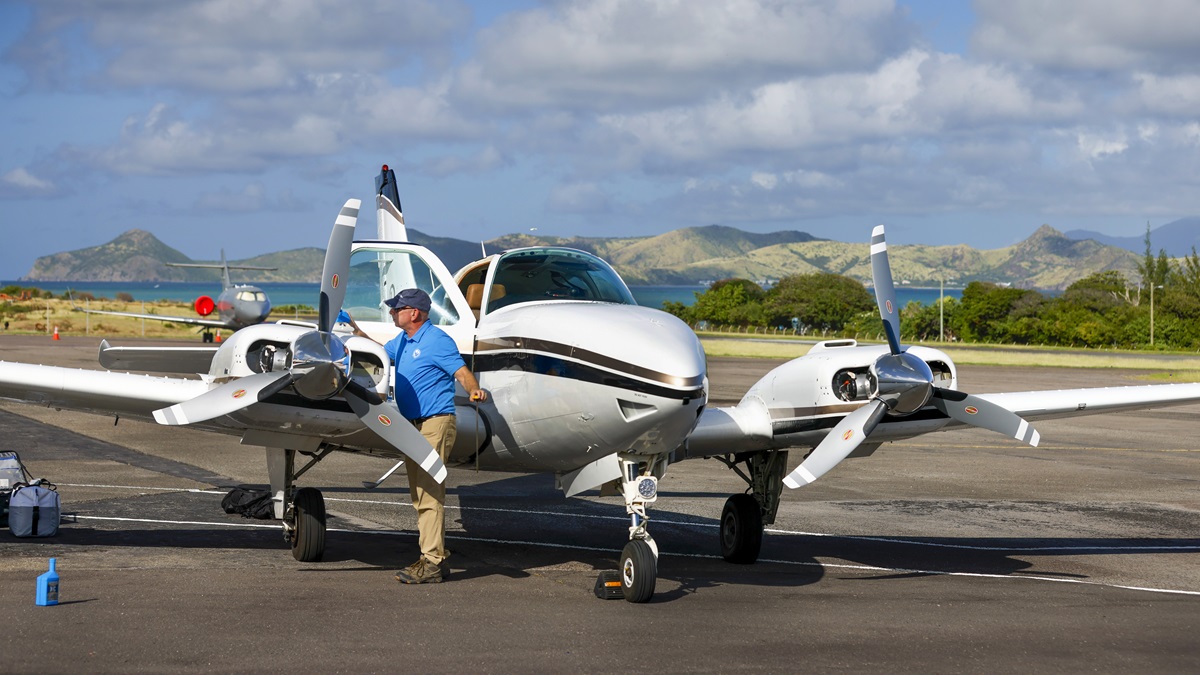
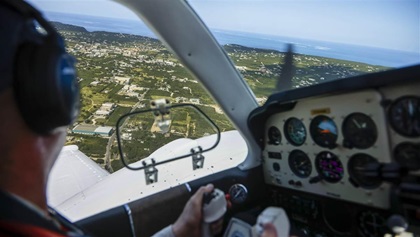 I dreaded the customs bureaucracy involved in flying up and down an archipelago where just about every island we’d visit was its own country. If I had had unlimited time, perhaps taking on the myriad regulations would have been an interesting puzzle—but we were trying to keep a tight schedule and visit as many airports as possible to update the AOPA Pilot Guide to the Caribbean with new information, photos, and video.
I dreaded the customs bureaucracy involved in flying up and down an archipelago where just about every island we’d visit was its own country. If I had had unlimited time, perhaps taking on the myriad regulations would have been an interesting puzzle—but we were trying to keep a tight schedule and visit as many airports as possible to update the AOPA Pilot Guide to the Caribbean with new information, photos, and video. 

